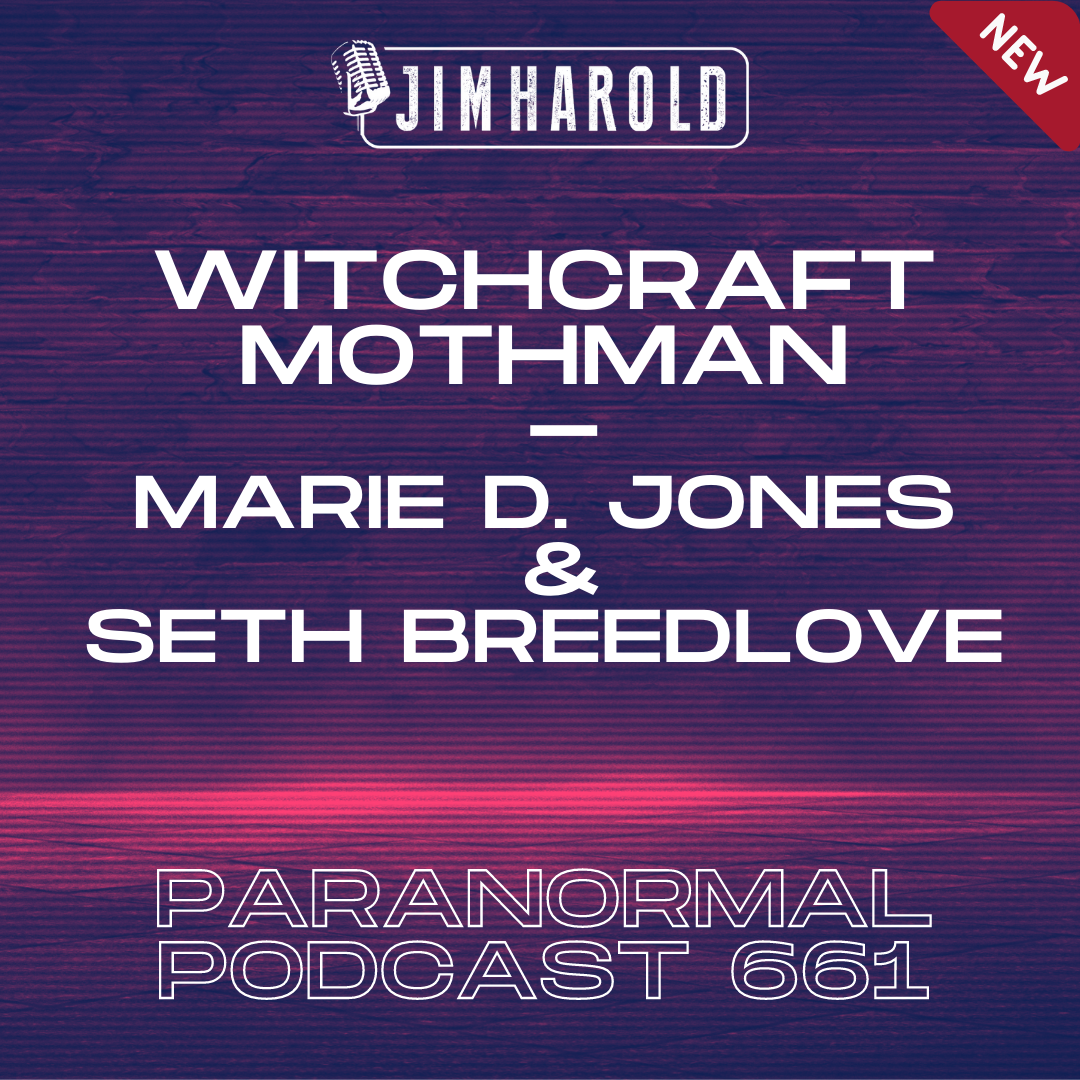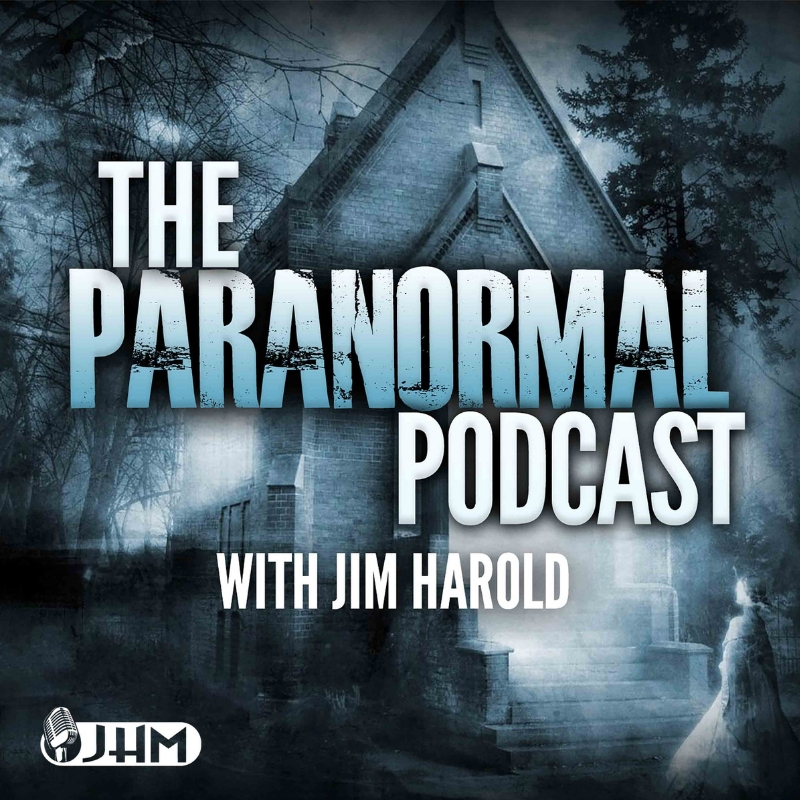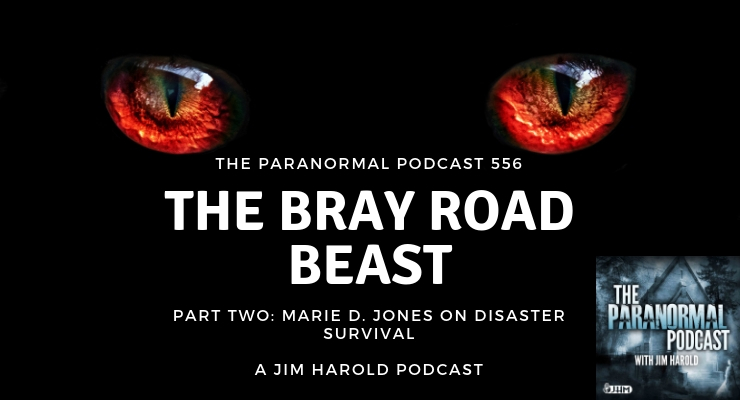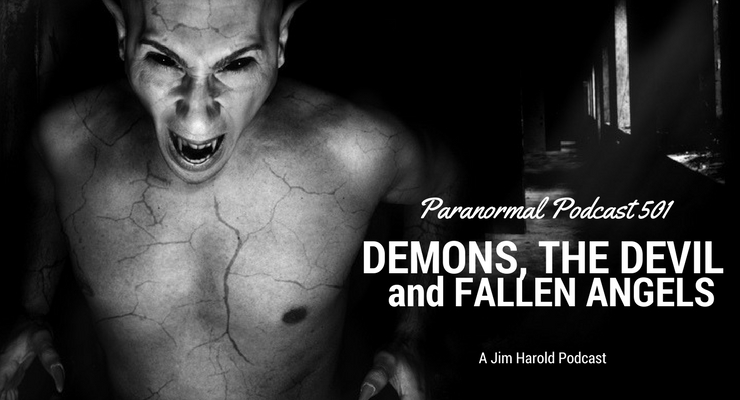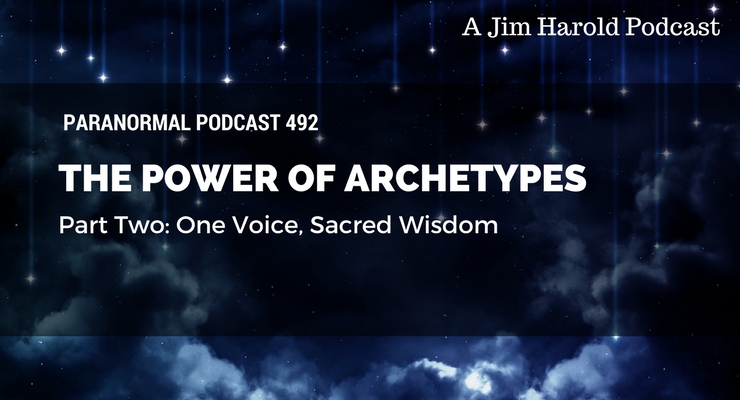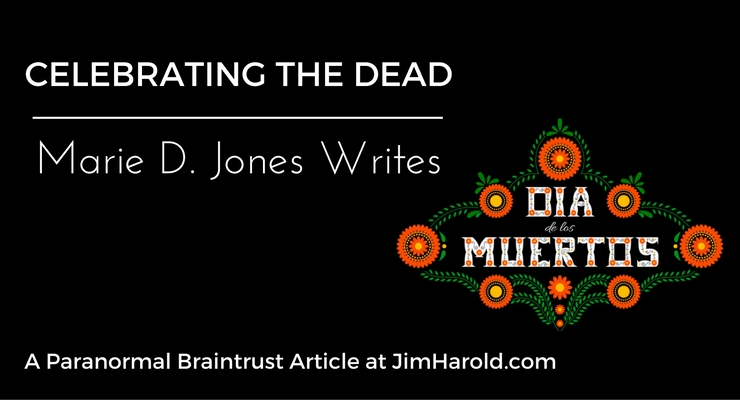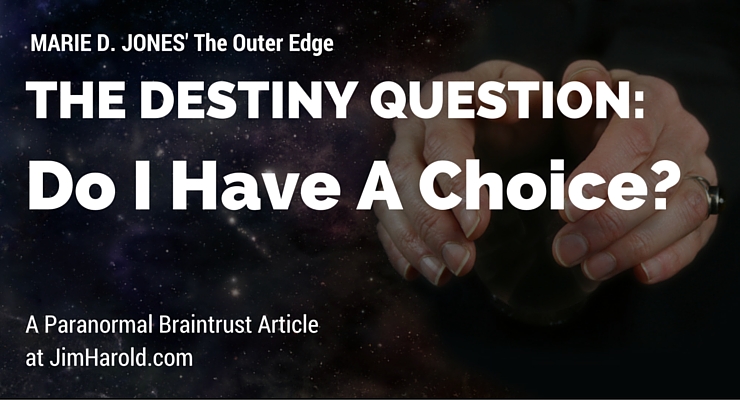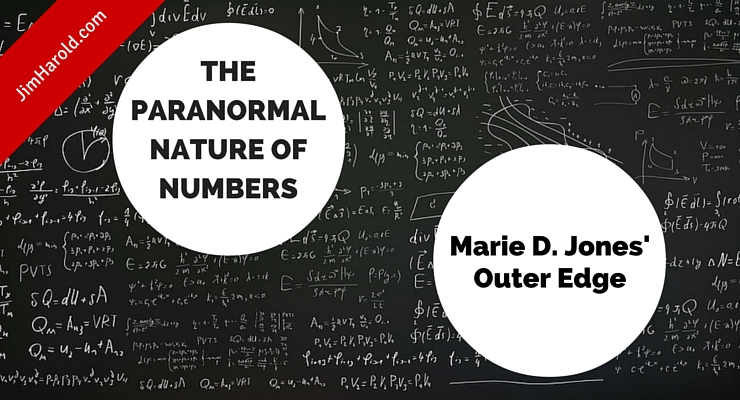Witchcraft – Mothman – Jones – Breedlove – Paranormal Podcast 661
Witchcraft and Mothman are our two subjects this week. Marie D. Jones joins us to talk about her new book. The New Witch. Seth Breedlove joins us to talk about his new film, The Mothman Legacy. You can find Marie’s books at Amazon.com: The New Witch: Your Guide to Modern Witchcraft, Wicca, Spells, Potions, Magic, and More You…
Read More
